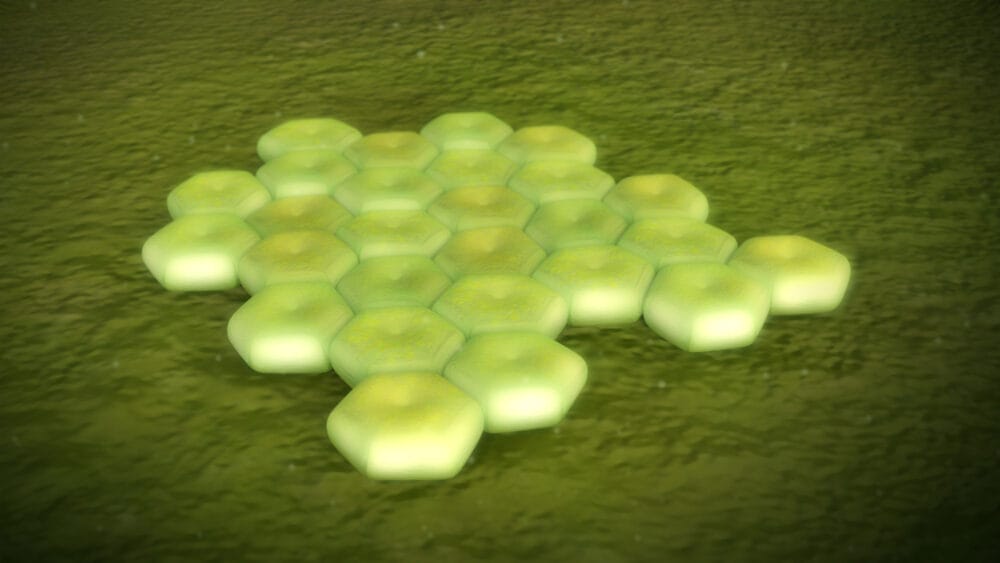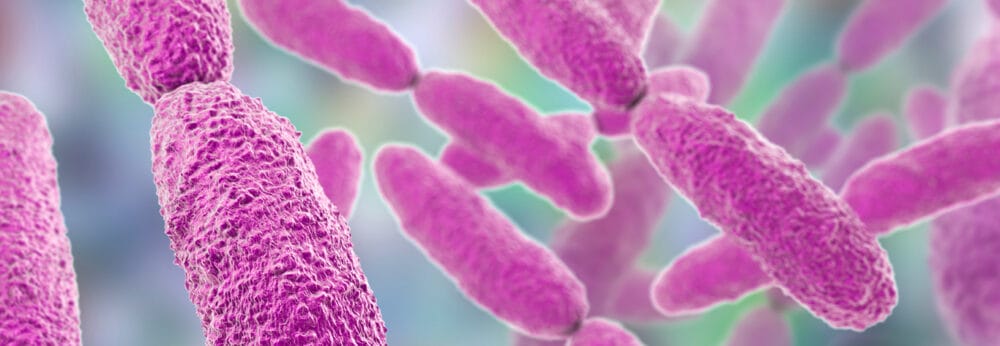Posts Tagged ‘HYDROGEN PEROXIDE’
The environment as a persistent and major reservoir for carbapenem-resistant Acinetobacter baumannii
A new Israeli study in a hospital with endemic issues due to carbapenem-resistant Acinetobacter baumannii reports high levels of environmental contamination that persisted despite several different approaches to cleaning and disinfection. This study highlights the risk of patient-to-patient spread of carbapenem-resistant A. baumannii associated with environmental contamination. The study was performed in a large hospital in Tel Aviv, Israel. The hospital…
Read MoreAn assessment of early onset surface damage from disinfectant exposure in healthcare settings
The prospect of surface damage related to material compatibility is a concern when planning hospital disinfection protocols. Evidence in this sphere is limited, so it’s good to see this study published in ARIC, illustrating the potential for surface damage for some combinations of disinfectants and surface materials. Six different surface materials were included (including plastic, metal, and…
Read MoreDisinfectant wipes mop the floor with chlorine solution
There are few well-controlled studies investigating the impact of disinfectant wipes in a clinical setting compared with standard methods. A study from a group of researchers in Cardiff shows that one-step cleaning and disinfectant wipes are more effective than two-step detergent and chlorine solution cleaning / disinfection in removing microbial contamination from hospital surfaces. What was the…
Read MoreUV light vs. Candida auris
A US study has found that Candida auris exhibited a similar level of susceptibility to UV light as Clostridium difficile spores, and was considerably less susceptible than MRSA. These findings suggest that either extended exposure UV cycles or hydrogen peroxide based room disinfection are required to address environmental contamination with Candida auris. We have posted before on the efficacy of various disinfectants against Candida auris, supporting…
Read MoreHydrogen peroxide versus bleach; who wins?
A randomised multicentre trial in Italy published this month in the Journal of Hospital Infection has examined the effectiveness of automated hydrogen peroxide (AHP) supplemented with silver ions, and 5,000 ppm sodium hypochlorite (bleach) on Clostridium difficile (CD). Twenty-eight rooms previously occupied by patients with C. difficile infection (CDI) at four health facilities were randomised to either AHP or…
Read MoreQuats vs. hydrogen peroxide vs. VRE
A Dutch laboratory evaluation of four different disinfectant applied by either spraying or wiping has found that most are effective against key hospital pathogens. However, the hydrogen peroxide spray was ineffective against VRE, suggesting a problem with hydrogen peroxide stability. The study tested the ability of a hydrogen peroxide solution (branded a sporicidal), QAC, alcohol, and glucoprotamin…
Read MoreWhat’s in the disinfectant pipeline?
We talk often about the ‘antibiotic pipeline’, but as the pipeline slows to a trickle, the ‘disinfectant pipeline’ is made even more important. Prof Jean-Yves Maillard from Cardiff University recently gave a talk at the HIS Spring Meeting scanning the horizon for new disinfectants. Prof Maillard began with highlighting the emerging challenge that biofilms present to effective…
Read More





